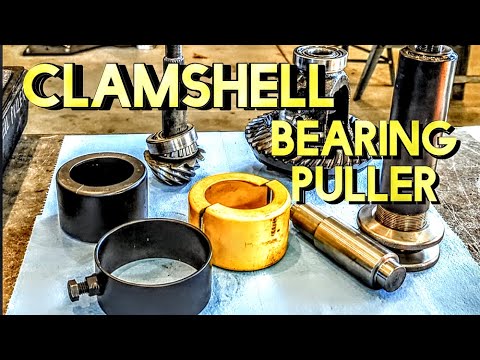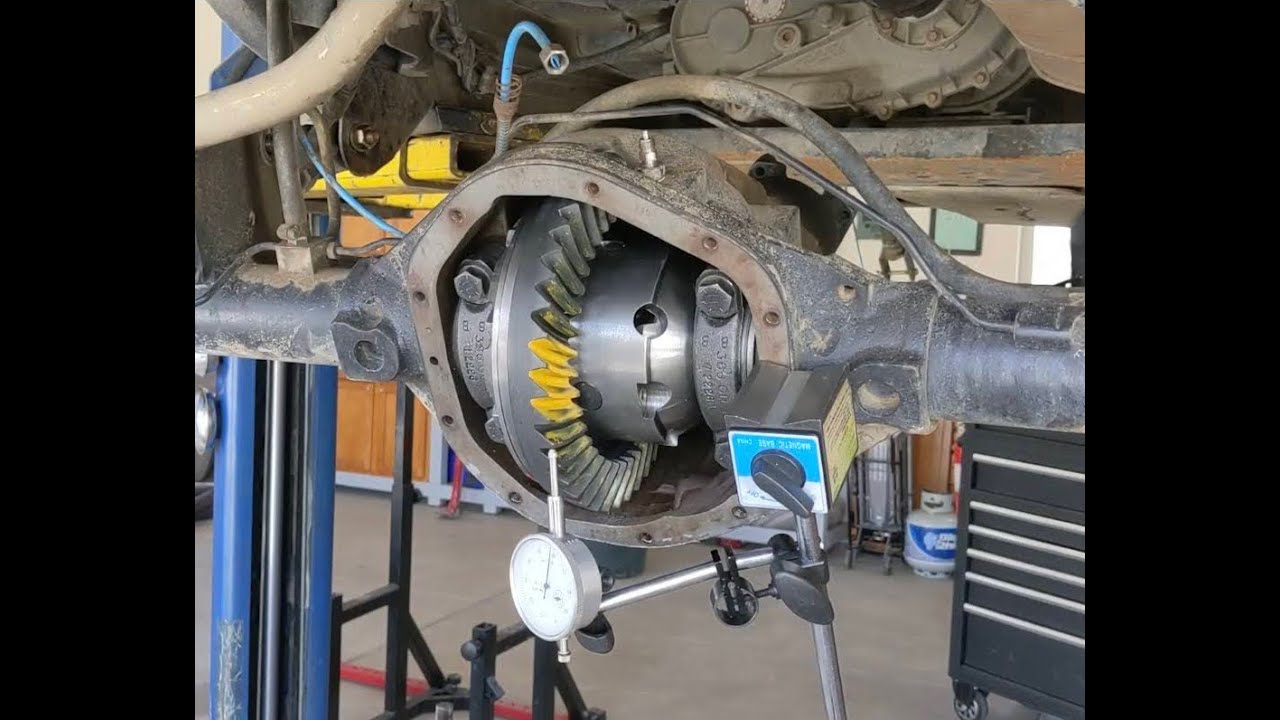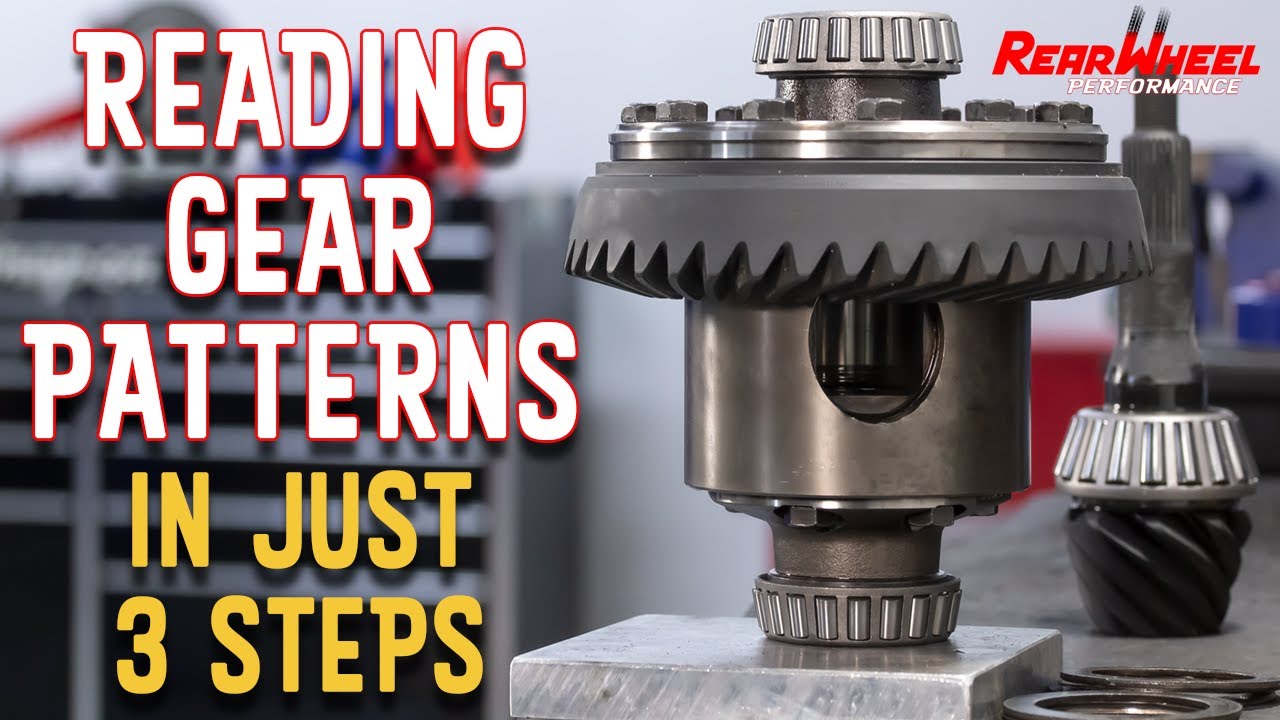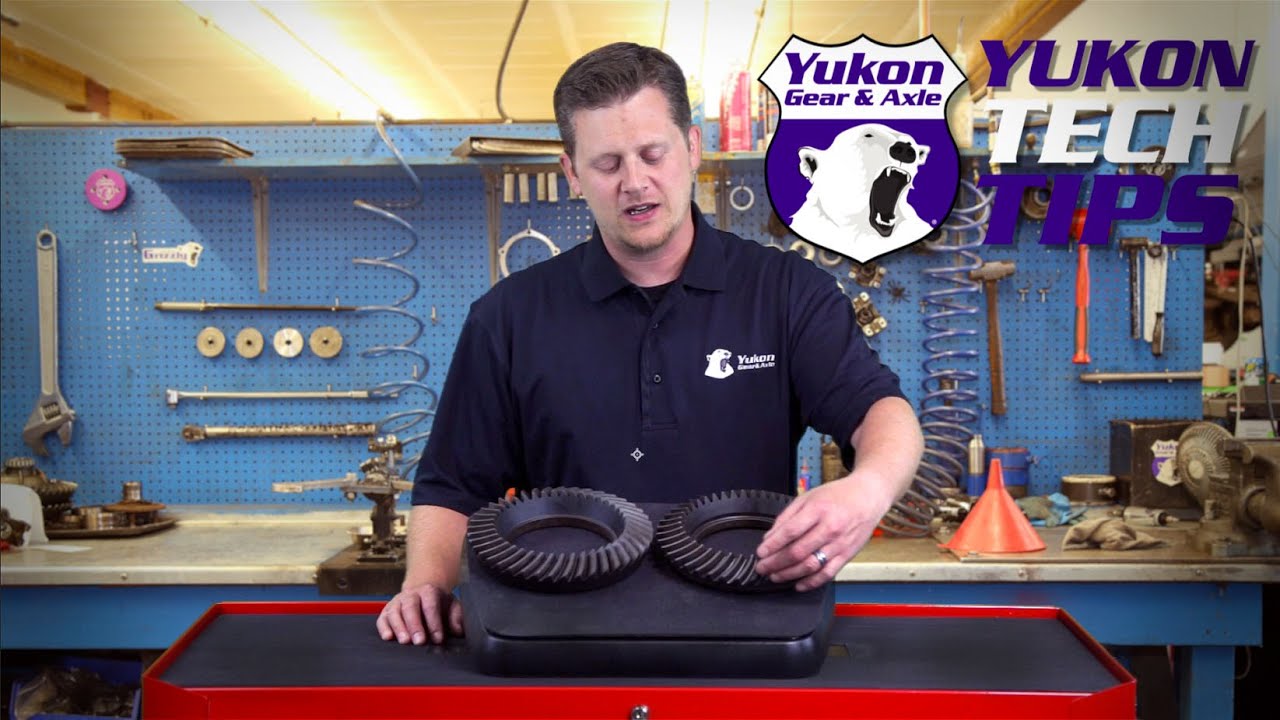Tear Down
I hope you like the smell of gear oil, because you’ll be smelling it for a while.
Step 1. Drain the old oil.
My differential mounting fixture design allowed me to clock the differential housing every 90 degrees, so I turned mine sideways and drained most of the oil by removing the fill plug (now oriented down) as seen below:
You must be registered for see images attach
Note the Gen 5 stub axles – those were in place because that differential still had the original GKN Visco Lok limited slip carrier/differential installed. As a reminder, the GKN Visco Lok came in both the Gen 4 and Gen 5 Vipers – hopefully this proves that the Gen 4 and Gen 5 stub axles are interchangeable. They were installed to keep the housing sealed while it was in storage. They are also really, really easy to remove since you have something to grab onto with a slide hammer. Once you have drained most of the fluid (you won’t get it all), the stubs can come out.
Step 2. Remove the differential cover.
To get the differential cover off, you’ll need to remove the 9 bolts that hold it in place. They are M10 x 1.5 x 30 mm flange head bolts, and take a 13 mm 6-point socket to remove. Most will be a little tight since they will have RTV on them, but all of mine came out without issue. You’ll be reusing these, so clean them up and set them aside, preferably in a plastic baggie so you don’t lose any of them.
Once the bolts are out, you can just smack one of the ends of batwings with your hand (or a dead blow hammer) and it’ll just pop right off, leaving you with this:
You must be registered for see images attach
Note the carrier bearing cap supports that are cast/machined into the cover; these add strength to the assembly.
Step 3. Take a good whiff of that gear oil. Mmmmmmmmmmm.
Set the differential cover aside…you won’t be needing that for a while. You’ll be spending the next countless hours of your life dealing with this smelly mess:
You must be registered for see images attach
Note the RTV on the carrier bearing caps – this is a critical part of the final assembly process, so you’ll be seeing something about this again in one of my later posts. Bottom line: the RTV is there to bridge the gap between the carrier bearing caps and the cap supports in the differential cover. It ain’t much of a gap, but one definitely exists as they aren’t machined to the exact tolerances required for a zero-clearance fit.
Remove the RTV from the carrier bearing caps.
Step 4. Examine the gear wear pattern.
Chances are good that you won’t be reusing your ring and pinion, so while this doesn’t really matter, it will give you insights into how your differential lived its life.
First, a diagram courtesy of Yukon Gear showing the anatomy of a ring gear (source:
https://www.yukongear.com/blogs/how-to-create-read-ring-gear-patterns_1):
You must be registered for see images attach
I’ll end up using terms like heel/toe, drive/coast, etc. later on, so if you get lost, refer back to this diagram.
Here’s what mine looked like:
You must be registered for see images attach
Coast wear was pretty well centered, slightly favoring the toe (inner) side of the ring gear teeth. The drive side wear was similar, but definitely favored the toe side of the teeth. Overall, no chipped teeth, and nothing to suggest that they got overheated at any point during their life.
And here’s a shot showing the GKN Visco Lok clutches:
You must be registered for see images attach
No real point to the picture other than to show you what it looks like, and to serve as a reference if you are trying to figure out what limited slip unit is installed in your housing. That’s what a GKN Visco Lok looks like.
Step 5. Measure total bearing preload.
Flip the housing over, but be prepared for the rest of the gear oil to come pouring out. Grab your inch-pound, needle or dial-style torque wrench, your 1-5/16” socket, and a 1/4" to 1/2” socket adapter. Tip: when installing the pinion yoke holding tool (which can be done anytime), put the socket on the pinion nut first – this will allow you to easily center the yoke holding tool before you cinch it down to the yoke. The pinion yoke holding tool will stay in place throughout this process.
To measure the total bearing preload (pinion bearings + carrier bearings), spin the torque wrench around in one direction 3-4 full turns, and while you are still turning, take a reading. This takes a bit of practice since you’ll be trying to eyeball a moving target, but you’ll get the hang of it. What you do
not want to do is to measure how much torque it takes to
start the pinion moving – this value will be higher than the torque required to
keep it rotating. You want the torque to rotate measurement to reflect what it takes to
keep it rotating.
You must be registered for see images attach
The total torque to rotate for mine was about 22 inch-pounds, which was in spec for used bearings.
This does not tell you the full story, though. I’ll get to that in a second, but there are a couple more things you need to check first.
Step 6. Measure backlash and ring gear runout.
Flip the housing back over (you’ll be doing this a lot).
Grab your dial indicator and all of the adapters needed to screw it into the differential housing cover bolt holes. As a reminder, all of the stuff needed to do that is listed in the Tools post above.
It’ll look something like this:
You must be registered for see images attach
I’ll add more details about exactly how to measure backlash and ring gear runout in my next post.
Backlash measured between 0.000 - 0.001”, which was WAY too tight. That explains why the wear favored the toe side of the tooth, and why the gears made so much noise, especially when they got hot. The correct spec is 0.004 - 0.006” according to the service manual.
To be clear, this differential had always made noise from the day I bought it with only 9,500 miles on the clock. So while drag racing didn’t do it any favors, I don’t think it was the cause. I’m guessing this differential somehow passed inspection, but probably shouldn’t have.
Ring gear runout isn’t all that important to note unless you intend to reuse your old gears. Mine measured 0.001”. Max runout spec from the manual is 0.002”, so this was good.
Step 7. Note carrier bearing cap markings.
This step is
critically important.
The carrier bearing caps are marked to show which side they go on as well as their proper orientation. The caps must go back exactly as you found them during reassembly. This is why you had to remove the RTV from them in Step 3.
To keep them from getting mixed up, the factory stamped letters on both the housing and the caps. For mine, they used the letter “L”. Note where it is marked on the cap, and how the letters are clocked on both sides:
You must be registered for see images attach
As oriented, the L’s on the driver’s side of the case and driver’s side carrier bearing cap are upside down. The L’s on the passenger’s side have both been rotated 90 degrees counter-clockwise.
Hopefully you can see how they made this idiot-proof – as long as the letters face the right direction on both sides, the caps are in their correct spots and orientations.
Step 8. Remove the carrier.
Now that you’ve noted the carrier bearing cap markings, you can remove the cap bolts. They take a 19 mm 6-point socket to remove:
You must be registered for see images attach
Set the caps and bolts aside. Both will be reused.
The carrier + ring gear are wedged in the housing pretty good. If you are going to use a case spreader to help get it out, now is the time to grab it. I opted for the quicker/easier method of using a 3/4" box-end wrench slid on one of the ring gear bolts to act as a pivot against the housing, like this:
You must be registered for see images attach
All you have to do is rotate the yoke, and the carrier will pop itself up to the point where you can grab on to the ring gear and yank it the rest of the way out. You may need to go at it with a pry bar as well, but it will come out. Tip: the box end wrench and/or pry bar will start making marks in the differential housing after you do this a few times, so put something like a piece of leather between the wrench (or pry bar) and the aluminum case to prevent that from happening. I used part of an old leather belt (not pictured).
Set the carrier aside for now.
Step 9. Measure the carrier bearing shim thicknesses.
The carrier bearing shims just sit in there…during the process of pulling the carrier out, yours might have fallen in to the housing. Do your best to keep track of which one went on which side, as this will be your starting point for setting both the backlash and carrier bearing preload for your new setup.
Pull out your micrometer, measure both, and write them down:
You must be registered for see images attach
Mine measured:
Driver’s side carrier bearing shim – 0.1305”
Passenger’s side carrier bearing shim – 0.1340”
Step 10. Measure pinion bearing preload.
Flip the housing over, and grab your inch-pound torque wrench and pinion nut socket. You are measuring the preload again, but this time it will obviously only be your pinion bearings.
Mine, including the pinion seal, measured about 8 inch-pounds.
The pinion seal adds about 3 inch-pounds to the measurement due to friction, so we’ll call the pinion bearing preload about 5 inch-pounds, which is out of spec. The service manual calls for pinion bearing preload of 10-20 inch-pounds of torque to rotate for used bearings.
This also told me something else that was very important –
the carrier bearing preload was too tight. If you’ll remember, the total preload measured in Step 5 was around 22 inch-pounds of torque to rotate. 22 minus 8 gives us 14 inch-pounds of carrier bearing preload. At face value, this seems fine, but carrier bearing preload has to take into account the torque multiplication factor of the gears installed.
Since these were 3.07 gears, 14 inch-pounds multiplied by 3.07 gives us 42.98 in-pounds of carrier bearing preload, which is way too high. For 3.07 gears, you’d want the actual value to be between 3 – 6.5 inch-pounds of added torque to rotate (as in, added to the pinion bearing preload number) to be within the factory bearing preload specs of 10-20 inch-pounds of preload. Hopefully that makes sense.
Stated another way, the preload specs should have been between 10-20 inch-pounds for the used pinion bearings by themselves. Total preload (pinion + carrier bearings fully installed) should have been 13-26 inch pounds, plus another 3 inch pounds to account for the pinion seal friction.
The carrier bearings did not appear to be any worse for the wear, so even though they were too tight, they still seemed to look okay with about 15k miles on the clock. I would not have expected them to last for a long time (like 100k+ miles), though.
Step 11. Remove the pinion nut, yoke, seal, oil slinger, and pinion gear.
Time to remove that pinion nut. If you try this by hand, good luck. I used my 1/2" breaker bar plus my custom 3-foot cheater that went on the pinion yoke holding tool, and I was not able to get the nut to budge. My Milwaukee 1/2" impact zipped it right off though. Toss the nut – you won’t be reusing it. Set the old pinion nut washer aside – you won’t use it during final assembly, but you can use it during your initial setups so you can keep your new washer pristine for final assembly.
A couple taps from underneath the pinion yoke holding tool was enough to remove the yoke. Set this aside for now.
You can remove the pinion seal next. There is a notch in the seal to help with this. See picture below. Note the spider eggs – this also happened to Bryan (cowger’s), which I found amusing. Guess I need to drive the car more to keep spiders from wanting to nest there.
You must be registered for see images attach
Using either a flat head screwdriver or a chisel of some sort set in the notch, you can collapse the seal by hammering it in towards the center enough to allow you to get a small pry bar underneath to remove it. Clearly you won’t be reusing this, but take care not to damage the differential housing in the process of getting it out.
Once that is out, you’ll see a large black flat washer – this is the oil slinger. You’ll be reusing this during final assembly, so set it aside,
but don’t lose it.
With the differential housing snout still facing up, grab your 4 pound dead blow hammer and get ready to relieve some frustration. With your hand underneath supporting the pinion gear from inside the housing, give the snout a few sharp taps from the outside and the pinion will release from the outer pinion bearing. That’s why you need to support it from the other side…otherwise, it’ll go crashing to the ground (or worse, into your toes). It’s heavier than it looks.
Step 12. Remove the pinion bearing races/cups.
This part of the project is not a delicate operation. In order to remove the inner and outer pinion bearing races/cups that are pressed into the housing, you’ll need two things:
1. A long punch
2. A sledge hammer
I did not have a long enough punch to reach through the inside of the housing to the back side of the outer pinion bearing race, or at least so I thought. After a brief bit of cussing at my lack of foresight, I finally looked at the Lisle 59400 bearing race driver set and realized that a long punch suitable for this task was included in the kit:
You must be registered for see images attach
This project was humbling to say the least…after I got done feeling like a ********, I got back to work.
Getting the races out takes some serious force, and is why I recommend a sledge hammer instead of the non-marring dead blow hammer that I used for everything else.
The process goes something like this: seat the punch on one side of the bearing race, and give it a few hard taps. Move the tap to the opposite side and give it some more taps. Keep moving the punch back and forth to keep the race moving out – if you don’t, it’ll get jammed in there pretty good. It took me a few minutes of
hard banging to get each one out.
The differential housing where the outer race sits has a notch that you can use to put the punch on one side, as shown in the picture below:
You must be registered for see images attach
The inner race has no such notch, and there isn’t much of a lip to grab onto with the punch, but just keep moving the punch back and forth on the back side of the race while hitting it and it’ll come out too:
You must be registered for see images attach
Note the channel cast into the housing – oil gets slung up by the ring gear and into this channel to feed oil to the outer pinion bearing. Clever.
Step 13. Remove the old pinion and carrier bearings.
Just about done here.
All that’s left to do is remove the inner pinion bearing pressed on to the old pinion gear. This is where the clamshell bearing puller comes in really handy. Grab the outer race you just removed from the case, and place it on the bearing cone. Put the bearing puller on top of this assembly, tighten everything down, and zip it off with an impact wrench. The clamshell puller pulls the bearing off by grabbing on to the bearing cage. This is not a very strong part of the bearing, which is why you need the outer race. The clamshell puller will force the cage + rollers up into the lip of the inner race, and the outer race provides support for the rollers from the other side. The even pressure applied by this tool is what keeps the bearing from being damaged during removal, which is a huge plus. The video linked above shows how to use this tool in great detail…watch it all the way through, and then watch it again. I highly, highly recommend this tool, even if this is the only differential you ever rebuild. It was well worth the added expense IMO.
Once that bearing is off, you’ll have access to the pinion bearing shim. Mine measured 0.048”…this will be the starting point for your new setup.
You can also remove the carrier bearings using the same clamshell bearing puller tool. There’s an adapter that allows you to do this already included with the kit. Again, watch the video…it has all the info you need.
The last thing you can do is remove the stub axle seals. I got these out with a small pry bar (not pictured).




